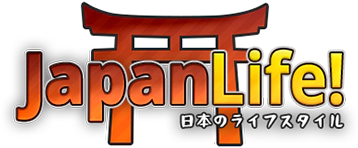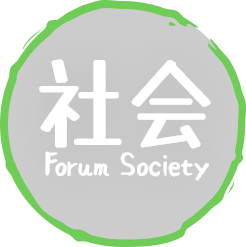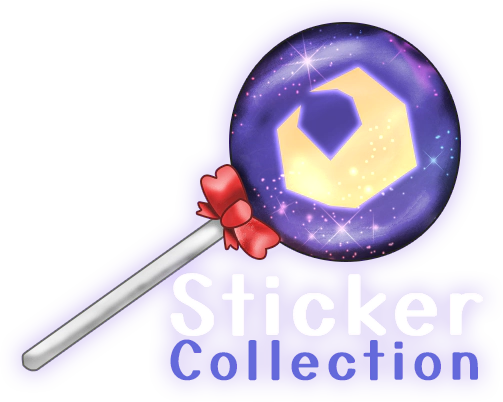We have previously set the foundation to some very important parts
of the Japanese culture so that we can begin using them in our
lessons. In this lesson, we will be learning how to speak about an
object, how to ask questions, and how to modify what you already
know in Hiragana to make something entirely new. Let’s get
started!
This will be the first time that we’ll be talking about desu in
detail. A copula is a connecting word that connects a verb to the
subject. In English, it is often taught as a “Linking verb” rather
than a copula and it works very much the same in Japanese.
However, the copula “
desu” may also be
used with certain verbs to emphasize meaning such as politeness.
The copula “desu” may not always be used and in some instances
“
da” is used instead as we will learn
later.
We have already discussed a little about particles in previous
lessons and today we need to learn the particle “
wa”. This particle is a
topic marker, not to be confused with a
subject marker (
ga). In this lesson, we’ll be focusing strictly
with topics rather than subjects.
A topic is something that the speaker wants to talk about such as
their book, favorite thing, etc… The topic marker (wa) is also used
to discuss things that are relative to the speaker or listener. In
a later lesson, we will be learning about the subject marker (ga)
and how it differs from (wa).
Please note that when “wa”(わ) is used as a particle, it is written
as “ha”(は).
To indicate something that is near the speaker, “kore” would be
used. The English equivalent would be “this”.
Dissection: Kore wa hon desu (This is a book)
We've just learned that
kore translates to
"this"
wa is the topic marker
hon is the noun which translates to “book”
desu is the copula
Please take notice that the copula (desu) is added to emphasize
that THIS really IS a book. Technically desu can be left out and it
would still make sense however it is best practice to use “desu”
whenever applicable. The particle or rather topic marker “wa” tells
the listener that the subject is a book.
More examples:
| English Phrase |
New Word |
Full Example |
| This is a pencil. |
Enpitsu |
Kore wa enpitsu desu. |
| This is a mechanical pencil. |
Shaapupenshiru |
Kore wa shaapupenshiru desu. |
| This is a pen. |
Pen |
Kore wa pen desu. |
| This is a ballpoint-pen. |
Bourupen |
Kore wa bourupen desu. |
Sore (
それ) may be used to indicate
something that is near the listener rather than the speaker and
never something that is away from both.For example, the phrase
“Sore wa Konpyuutaa desu” would
translate to
“That is a computer.”
Now let’s look at some more examples:
| English Phrase |
New Word |
Full Example |
| That is a table. |
Teeburu |
Sore wa teeburu desu. |
| That is a chair. |
Isu |
Sore wa isu desu. |
| That is a door. |
Monko |
Sore wa monko desu. |
| That is a pillow. |
Pirou |
Sore wa pirou desu. |
Are (
あれ) is used to refer to something
that is neither near the speaker of the listener such as an
airplane flying in the sky, or the sound of the radio in another
room. It can be translated quite literally as “That, over
there”.
Please remember to pronounce this correctly in Japanese.
Here are some examples:
| English Phrase |
New Word |
Full Example |
| That (over there) is an airplane. |
hikouki |
Are wa hikouki desu. |
| That (over there) is a car. |
kuruma |
Are wa kuruma desu. |
| That (over there) is a building. |
tatemono |
Are wa tatemono desu. |
| That (over there) is a house. |
ie |
Are wa ie desu. |
Now that you have learned how to say this, that and that over
there, you are now ready to learn how to ask questions in
Japanese.
Please accept today's assignment and when you have completed it,
you may continue forward to the next lesson.




























